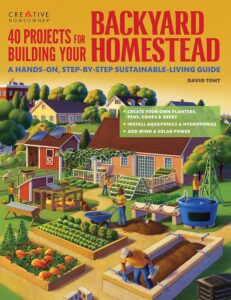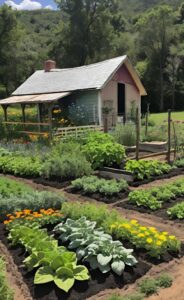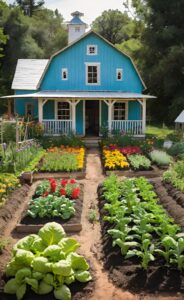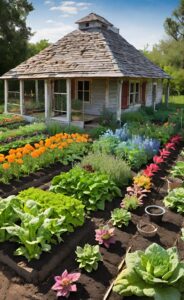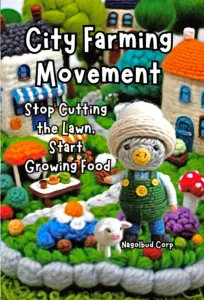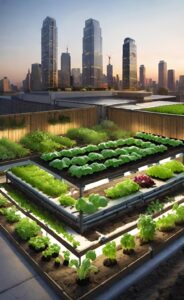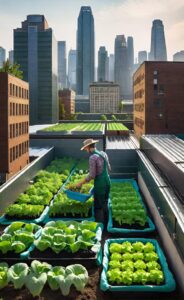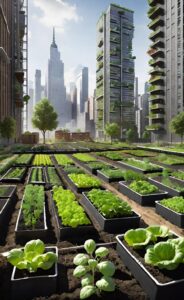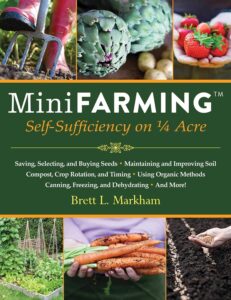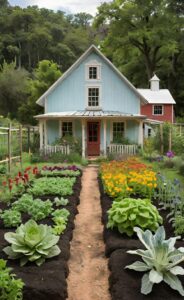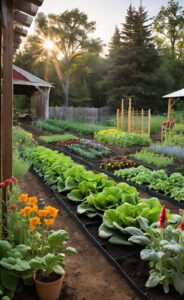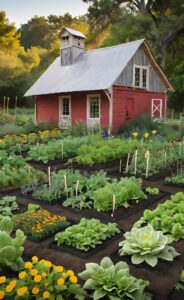The definition of a traveler doesn’t quite grasp the concept of the type of traveling I like to do. I have never slept in a hotel and in a lot of cases I slept outside or close to it. I have lived in many places for as little as a month to as long as a year. I have raised animals, worked in internet cafes, and other random things that require a unique mindset on the fly. This also requires a unique tool set. I decided to make a list of the tools that have made it from the beginning and others I have picked up along the way after realizing how useful they would have been.
Food and Food Preparations
This is a rather generic category. There are many many many ways of starting fire, preparing food, and pots to cook in. Although heavy, one of the coolest stoves I have used is the BioLite. I highly recommend some sort camp cook kit and a few different ways to cook food and create fire. When it comes to food and fire you always want at least 2 ways of doing so. It could be raining, it could be snowing, it could be windy, ect. Have a plan in place for as many situations you can come up with.


^ Click Image to Check Prices ^
Food Gathering
Often times I find myself in situations where it would be quite easy to find my own food. Whether that be through fishing, trapping, or picking fruits or berries. I carry two types of fishing setups as well as some tackle box type things as well. The fishing pole is telescopic and extremely lightweight. It’s hardly noticeable and could be used as a potential weapon if need be. I have not created it yet but plan on making my own slingshot as well. This provides a lot of options for obtaining food with little to no investment and perhaps even lunch for a week. For me this is what the adventures all about.

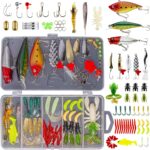

^ Click Image to Check Prices ^
Sleep and Comfort
Many people use lightweight tents, modern hammocks, or some new crazy tent hammock design. (Which are actually kinda cool). I would never carry all that and I could never find comfort in those modern hammocks. Once I arrived in Mexico for the first time and experienced my first old school hand made hammock I will never look back. It has earned a life time place in my pack and will be used for the rest of my life.
I even sewed up a custom mosquito net to fit over my hammock. In Latin America most houses come with hammock rings built in so it makes for easy accommodation with new friends or random people you meet along the way. Another great thing is it can be used between trees just the same as a regular hammock. The best thing is it’s extremely comfortable and I never have back pain. If you live near Mexico or ever vacation there don’t hesitate to pick up one of these hammocks. The nice big ones run about 600-900 pesos. Other than the mosquito net and hammock I don’t need much else to get a great comfortable nights rest anywhere.


^ Click Image to Check Prices ^
Clothing and Shoes
I have no set style of clothing. I usually just pick things up along the way and wear them out. Then go get some new stuff. I typically have one pair of cold weather clothes and about a weeks worth of warm clothes. I don’t wear underwear anymore and I rarely wear socks except for as slippers on cold mornings. I also no longer travel in cold climates so this is more of a warm weather list. The only thing I really have fell in love with is the Feivue shoes. (If you are ever in Latin America bring me a pair, it’s really hard to ship shoes in.) The roads are crazy in Latin America and having a grounded shoe makes walking so much easier. I also have a belt with a hidden pocket on the inside and that works great as another storage space or a place to hide things. Other than that it’s all basic. A small emergency rain poncho is also a good thing to have somewhere in your pack, just in case.


^ Click Image to Check Prices ^
Hygiene and Health
I carry a few items for hygiene and health that you may not have ever heard about. The basics as soap and toothbrushes are obvious but other things like JR Watkins first aid salve, foot repair salve, and a menthol salve. They work amazing and their title says it all. One is a fix all natural first aid salve and the other is for repairing your feet after a long or wet day on the road. I also carry a baking soda tooth powder instead of toothpaste. It lasts much longer, has no strange chemicals, and is much more light weight.


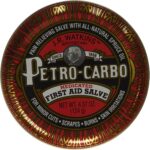
^ Click Image to Check Prices ^
Tools and Maintenance
Inside of my cook kit I keep many random tools that are small and pretty random for my use. I carry many knives from self defense to cooking and fishing type blades. Even a small machete inside a leather pouch. I also carry a foldable saw for cutting wood and branches. I recently acquired a manual hand drill because drilling holes is extremely difficult without any sort of tool. It’s a bit heavy but worth the weight. One tool that has never left my side is the Leatherman Wave. I’m not sure if it’s the best multi tool but I love it.
Any sort of multi tool is a must have. I have used it countless times for the screw driver to the pliers and knife. It is extremely useful and lightweight for the tools you get. I also carry a small knife sharpener for quick sharpening on the fly. With those basic tools I can pretty much build anything from cages to tables or even a house. One thing every man should know how to do is sew. I have a sewing kit that has been used more times than I can even count. From mosquito nets to fixing clothing it is a skill measured in gold. I even created my own adventure traveler waist band from an old elastic waist band holster. It now holds my self defense blade, a every day use blade, a fire starter, and a flash light. I can wear it with any type of clothing and it was created to be used with gym shorts style clothing.

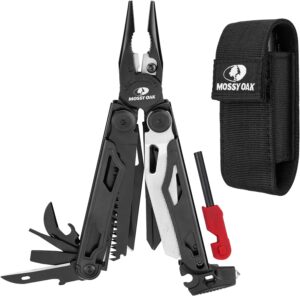
^ Click Image to Check Prices ^
Back Pack
I have used a few different style of bags and by far my favorite is the Osprey (I don’t remember the name, the green one). I like a small sized bags because it keeps me from collecting random crap I don’t need. It also makes for a much more enjoyable travel as I can go do anything anytime even with my pack. It’s easy to move and it’s a great workout. This is another reason to keep your pack weight down and a way to do that is with a smaller bag. I see many travelers along the way with huge bags and I always wonder what they keep in there. Traveling with a dog and myself his gear took up a lot of my pack and even then the small bag was fine. Perhaps I have become more minimalist than I realize. I use the green Osprey and love it.


^ Click Image to Check Prices ^
Your Brain
This is by far my most useful tool when traveling. Learning new hobbies and skills is how you refine this tool so that you don’t have to carry as many items. Using one item for many things is a great feeling and removing dead weight from your bag is quite liberating. It means you have obtained enough skill or ability to do something without that tool. Learning new recipes and cook styles that can be used create a better living standard as well. The mindset is by far the most critical in all of this.
Being able to adapt (not evolve) to a situation allows you to not only have more fun and enjoy your travels but it also is much cheaper! Learning how to do many of these things can be free and learning how to do it for free means you don’t need to spend money on that item. If you can build a bed in 30 minutes in many environments perhaps you wouldn’t need any sleep gear. If you can build your own tools from nature than perhaps you don’t need as many knives and saws as I do. These are just a couple examples of how your knowledge is far more important than the tools you carry.
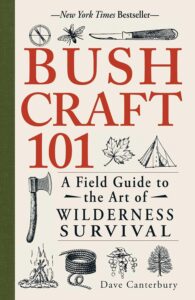
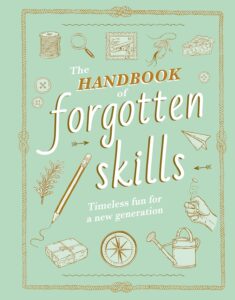
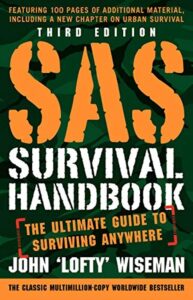
^ Click Image to Check Book Prices ^






